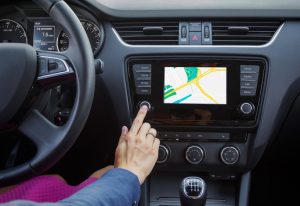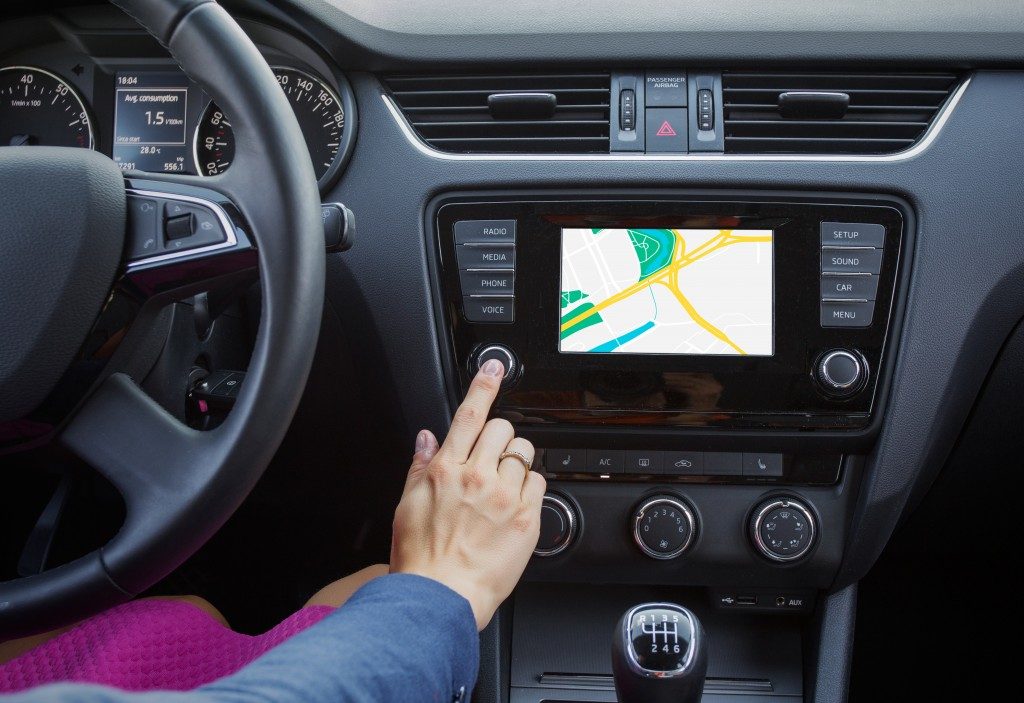 A GPS receiver gets its signal from satellites overhead. The biggest problem with that is the distance. Many things can happen to cause errors in how the GPS works. Rainy days when one of the satellites is not working are some examples. GPS simulations like CAST run tests on a receiver, which imitates different conditions that can cause these errors. Here are four possible sources of errors for GPS.
A GPS receiver gets its signal from satellites overhead. The biggest problem with that is the distance. Many things can happen to cause errors in how the GPS works. Rainy days when one of the satellites is not working are some examples. GPS simulations like CAST run tests on a receiver, which imitates different conditions that can cause these errors. Here are four possible sources of errors for GPS.
Doppler Shift
The distance from the GPS receivers to the target satellites is around 20,000 kilometers. The satellites travel at 3,900 m/s and complete one orbit around the Earth in 12 hours. This movement causes a Doppler Shift in the satellite signal of as much as 20 kHz either way. The Earth is also rotating. Adding that to the Doppler Shift changes the shape of the GPS signal. A GPS simulator will check if the receiver can adjust to these changes.
Signal Dropout
You probably lose your GPS whenever you go indoors. You do not want these signal dropouts to happen as much as possible. A GPS receiver needs at least four satellites to get a location fix. An excellent way to prevent signal dropouts is to design the receiver to handle more satellites at varying power levels. GPS simulations will test if this is the case.
Wrong Location
A GPS receiver has to know the position of at least four satellites in their orbits or ephemeris. If one of these satellites is not transmitting from where it is supposed to be, it can send the wrong data. This is the ephemeris data, and any error in it will increase over time. The receiver should replace ephemeris data every four hours.
Signal Jamming
It is possible to get errors in the GPS receiver by jamming the signal. Some people do it by accident. Others do it on purpose. In either case, it can have a significant impact on the accuracy of the receiver. The receiver should be able to limit the effect of outside interference with the right design.
GPS simulations give you the control and information you need to test a receiver under all possible conditions. They will also provide you with feedback on the cause of errors that you need to address.
